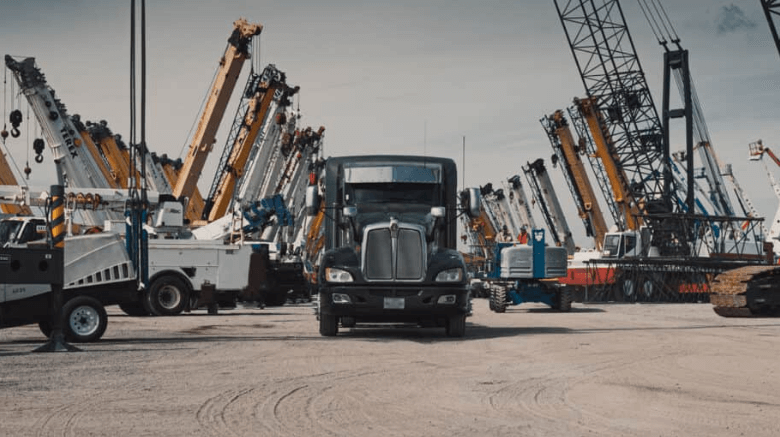Top Tips for Successful Heavy Equipment Transportation

Transporting heavy equipment can be a challenging task, requiring careful planning, execution, and attention to detail. Whether you are moving construction machinery, industrial equipment, or oversized vehicles, ensuring a successful transportation process is crucial to maintaining project timelines and avoiding costly delays.
To navigate this complex process effectively, it is essential to implement a comprehensive strategy that accounts for various logistical, safety, and regulatory considerations. Here are some top tips for successfully transporting heavy equipment.
1. Conduct Thorough Planning:
Before initiating any transportation process, thorough planning is paramount. Assess the specific requirements of the equipment, including its dimensions, weight, and any special handling instructions. Create a detailed route plan, considering factors such as road conditions, potential obstacles, and any necessary permits or escorts required for oversized loads, such as schwertransport. Evaluate the feasibility of the chosen route and make necessary adjustments to ensure a smooth and safe journey.
2. Ensure Proper Equipment and Securement:
Invest in the appropriate transportation equipment, including trailers, cranes, and lifting gear, tailored to the specific needs of the equipment being transported. Prioritize the use of high-quality straps, chains, and other securement devices to prevent any shifting or damage during transit. Conduct regular checks to ensure that all equipment is functioning correctly and meets the necessary safety standards.
3. Adhere to Safety Protocols:
Safety should be the foremost priority during heavy equipment transportation. Train all personnel involved in the transportation process on industry-standard safety protocols, emphasizing the importance of adhering to speed limits, maintaining proper distances, and securing loads effectively. Implement a comprehensive safety checklist to verify that all safety measures are in place before and during the transportation process.
4. Obtain Necessary Permits and Clearances:
Complying with legal requirements is essential to avoid potential legal complications and delays. Obtain all necessary permits and clearances well in advance, considering factors such as weight restrictions, height limitations, and travel time restrictions imposed by local authorities. Failure to adhere to these regulations can lead to costly fines, project delays, and even the confiscation of the equipment.
5. Communicate Effectively:
Establish effective communication channels among all parties involved in the transportation process, including drivers, logistics coordinators, and project managers. Encourage open dialogue to address any potential challenges or issues that may arise during transit. Implement a reliable communication system, such as two-way radios or GPS tracking, to monitor the progress of the transportation and promptly address any unforeseen circumstances.
6. Perform Regular Maintenance Checks:
Regular maintenance checks are crucial to ensure that the transportation vehicles and equipment remain in optimal condition throughout the journey. Conduct thorough inspections of the tires, brakes, and mechanical components to identify any potential issues that could compromise the safety and efficiency of the transportation process. Address any maintenance concerns promptly to prevent costly breakdowns or accidents.
7. Consider Environmental Factors:
Account for environmental factors such as weather conditions, temperature fluctuations, and terrain challenges when planning heavy equipment transportation. Monitor weather forecasts and plan the transportation schedule accordingly to minimize the risk of exposure to adverse conditions. Implement appropriate measures, such as protective coverings or climate-controlled trailers, to safeguard the equipment from potential damage caused by extreme weather or environmental factors.
Conclusion:
Successfully transporting heavy equipment requires a comprehensive approach that encompasses meticulous planning, adherence to safety protocols, and effective communication among all stakeholders. By prioritizing safety, maintaining equipment integrity, and complying with legal regulations, transportation companies can ensure the secure and timely delivery of heavy equipment to their designated destinations.
With careful consideration of the tips outlined above, businesses can streamline their transportation processes and mitigate potential risks, ultimately contributing to the overall success of their projects.


